Myousic, Trafó, 11 & 12 October 2019, 8 pm
There were some popular quotes from the works of Tamás Vekerdy, famous Hungarian child psychologist who passed away the day before yesterday. If a child listens to a tale, their own world will be created and turn to reality for them, always on their specific level. However, if pictures come from the outside – and who can avoid this nowadays -, it surely disturbs the procession of information, and on the long run also the peace of mind, just like the development of creativity. Even as adults, it should never be too late to find a way back to the child in us who created inner pictures for the stories and stories from the imaginary world. We can get some unexpected support for this, in the form of an arts performance created by Swiss artists. I discussed this all with percussionist Julian Sartorius who is the only performer on stage… but is he really that alone?
How did this cooperation between you and director Dimitri de Perrot start?
Dimitri heard me playing several times, and when he got the idea of this piece, he was looking for a performer. It was his intention that we could work together, so he asked me to collaborate in Myousic. We had a meeting and he explained his ideas about the piece, and then we started to work together on it.
At this first meeting, what convinced you the most that you want to take part in this piece?
What interested me the most is that he has worked with a three-dimensional setup that surrounds the audience. I work mostly acoustically, but I had to admit that the special sounds Dimitri designed and recorded for the show fit very well with the music I play. But this performance is not like a usual concert. It’s more like entering a really special world, I would say, when you can never know what is going to happen next. Sometimes you see it’s not real, and sometimes you’re not sure whether the sound you just heard comes from the stage or from a speaker. Yes, it’s a very special experience.
What makes the show different from a traditional concert? Is it different to be on stage?
Yes, it’s really, really different. I’m alone on stage, but at the same time, I’m not playing alone. I’m playing the piece by Dimitri, with his recordings doing one part and me the other. So it sounds between playing solo or playing with a band or playing with a computer… I have never done something like this before. Also, I’m in a small house, or we can call it a box – it’s also something I’m not used to. So there is a scenery on stage as well.

Do you feel that, as a drummer, this is your chance to get out of the backside and be in the spotlight, alone, in the middle of the stage?
Well, not really. I play a lot of solo suites anyway, for example tonight (the interview happened on Thursday – ed.) in Southern France, before I travel to Budapest tomorrow to perform Myousic in the Trafó. I’m quite used to be alone on stage, and also the bands I play for are mostly small formations, duos, trios. So I’m not the typical example for a ‘traditional’ drummer who’s sitting in the back, delivering beats. I like to be either a soloist or equal to the others.
So far, Myousic sounds like a dialogue between your live music and the recorded piece.
That’s a good description. To me it feels like a dialogue, sometimes we’re together, sometimes we are opposites, sometimes there are terrific tensions between us… yeah, dialogue is the best description.
Is there any room for improvisation here?
We have played this piece a lot of times for the last few years; it was a long process to find out how much space I can take. In the very beginning, we were very precise, took the material strictly and seriously, with no desire for improvisation. But now, after all this time, I take more and more freedom to experiment. I know the piece so well, from its very basics to all the complexity, and we discussed it so often, so now I can improvise exactly because I can do it so precisely. It is my wish nowadays to make every evening different, I don’t want to play the same all the time. I want to feel that I can shape the moment.
And what about the visual effects? Are there any?
Not much. One of the main specialties of this piece is that it’s mostly listening, with visual information kept to a bare minimum. There are some lights, but also not many. It’s quite plain, so that it won’t be a distraction. Each member of the audience is encouraged to create their own inner images and storylines. We don’t want to deliver too many ready-made visual images, so that headspace is free to let its own imagination flourish. It’s a similar approach to the way of imagination while one’s reading, but this time, sound is the medium that stimulates this.
This is lovely.
And one more thing: each member of the audience has a bit of a different starting point, as no one hears the sounds the same way the others do. There might be huge differences between sitting at the back, on the right side, on the left side, or at the front. All individuals are different worlds, this time in the most literal sense of the word. It is a unique experience for everyone: your personal version of the sounds will contribute to your personal inner images, to the story that no one else but you can imagine and tell. The whole idea comes from Dimitri’s creative spirit, and I hope that as the performer of Myousic, I can guide the audience to and through this special and onefold experience.


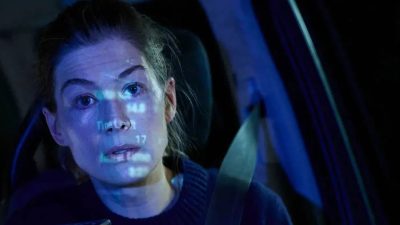

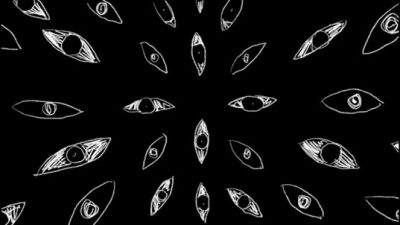


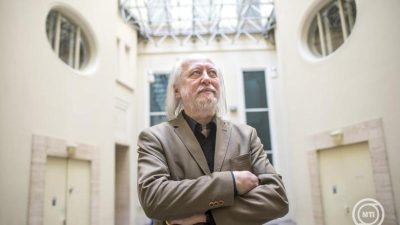





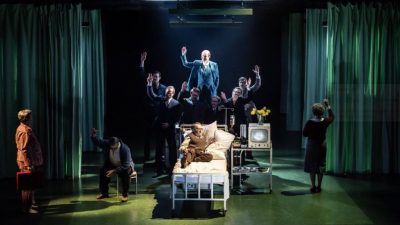
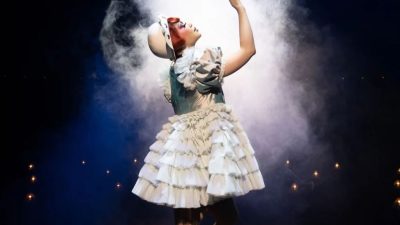
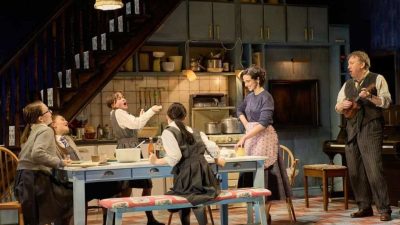
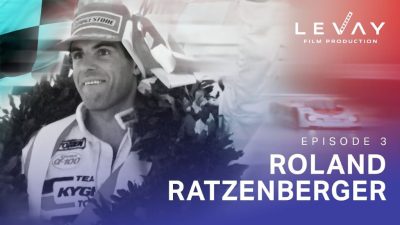


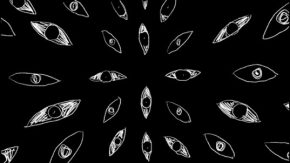


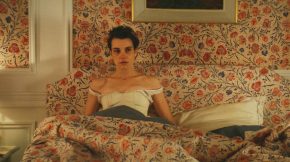

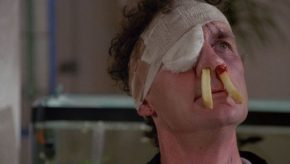
Comments